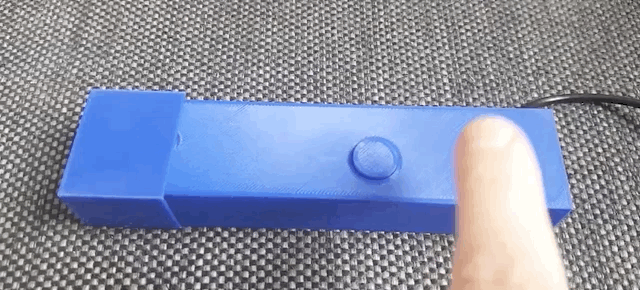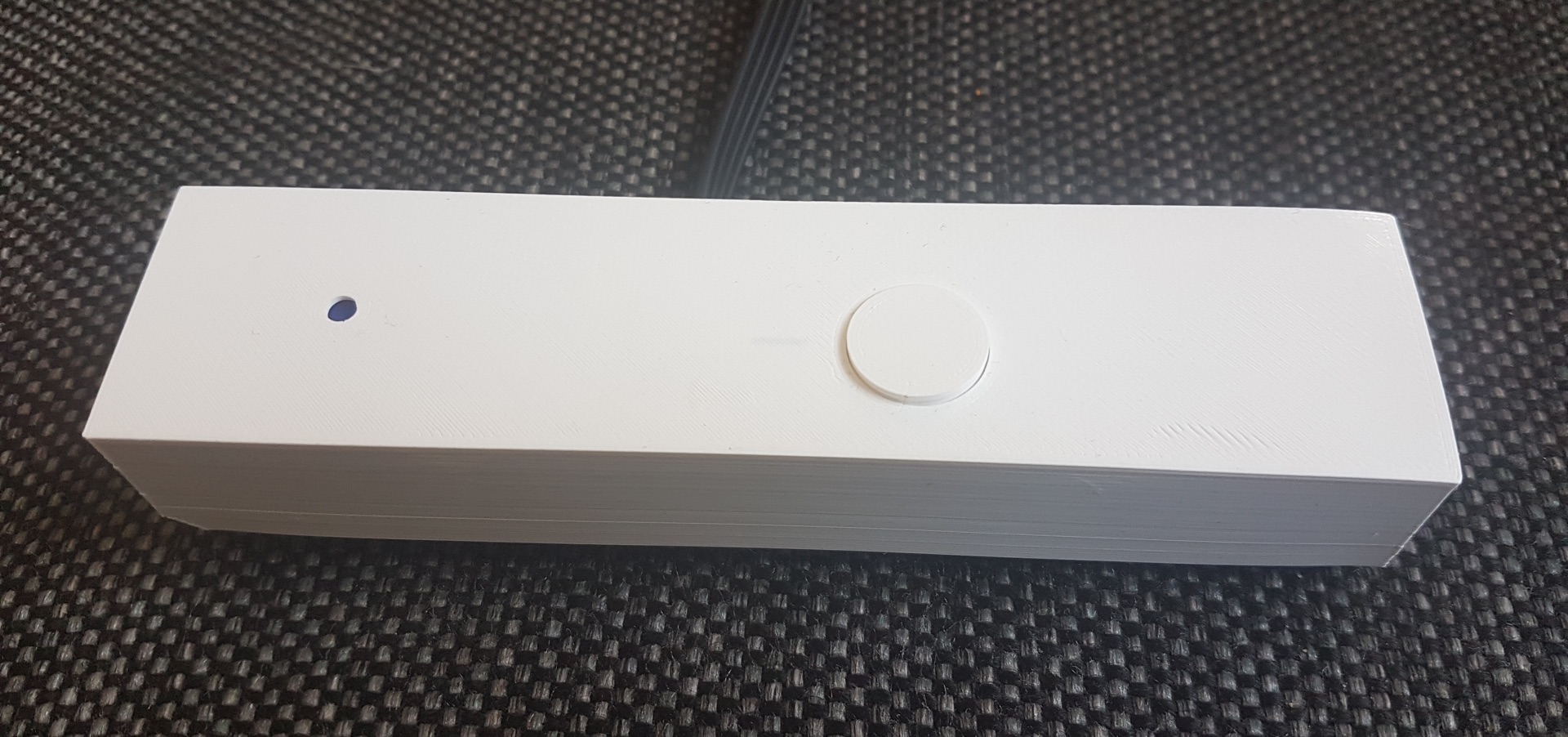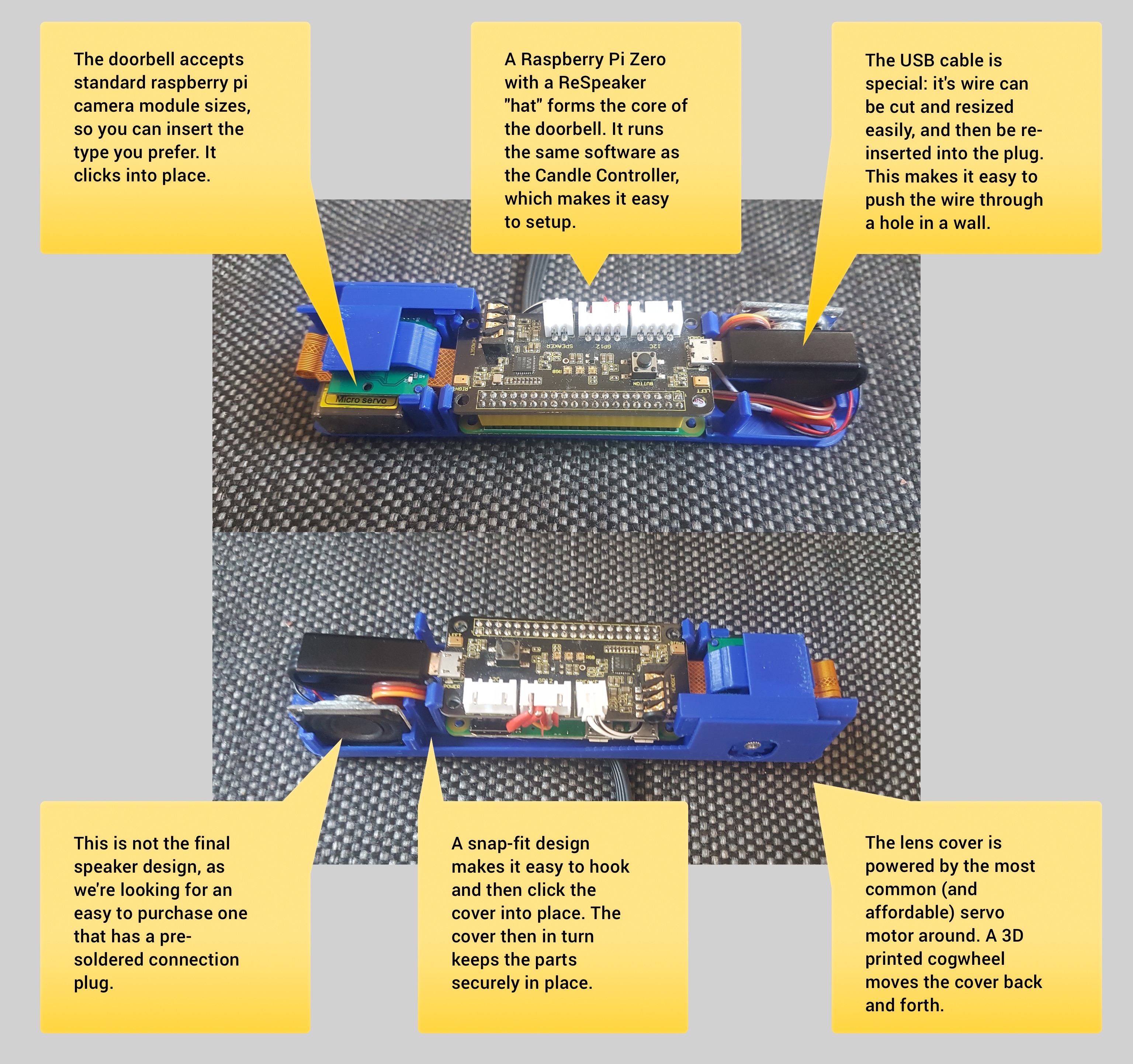Candle smart doorbell development update
Smart doorbells are useful, but they are also generating a lot of debate around the privacy issues they come with. Some issues are obvious: do we want to make every part of our streets surveilled? Do we want to record our friends and ourselves coming and going? Do we want police to have access to these videostreams? Other issues are more subtle, but really just as important: are these systems feeding our fear of each other?
To engage with this debate - and with kind support from the SIDN fund - we've been developing the Candle Smart Doorbell. Through research and design we're looking for ways to retain the positive side of these doorbells, while limiting their harmfull aspects.
"From smart devices to polite devices"
The Candle philosophy is to create devices that don't assume they should record data continously, and that are very open about collectiing data is they are. We see this as a form of politeness. This is clearly expressed in the designs that jeweler Dinie Besems made for Candle. Her devices had 'skirts' that could be pulled in front of screens or sensors, so that their function would be temporarily blocked. Similarly, Jesse Howard's creations focussed on clearly communicating what state they were in through large physical toggle switches that could be 'read' from accross the room.
One obvious solution based on this is to add a motorized lens cover to camera lenses. It's the only way a visitor can really trust that the camera isn't recording them.
Here you see our experiments with adding a cover, and one of those design choices we had to make while exploring this:
Option A

A large dramatic lens is better at drawing attention to the camera lens, and the implication that the visitor may now be seen and/or recorded. It's also better at keeping raindrops out.
The downside is that this construction is more fragile, and could easily be damaged by visitors with malicious intent.
Option B

An internal lens cover is more robust. But it might not make it as noticeable that the doorbell just became a camera.
From informal polling amongst friends it seems most would prefer this option.
Since the goal is to be more pragmatic and better aligned with what consumers want, we decided to go for the internal lens cover option, and look at additional ways that the camera could be pointed out. For example, the LED light will always turn bright red while the cover is open. The doorbell could also use audio to tell the visitor if they are being recorded.
Here you see a later version where the camera hole is even smaller to prevent water getting in.

Similarly, the pushbutton is now 3D-printed as part of the cover (while still being able to move), which also makes this version more waterproof.
The doorbell is (currently) 15 centimeters tall, 3.7cm wide and 2.4cm deep.
The interface
The doorbell uses the capabilities already built into the Webthings Gateway software, and follow the new W3C WebThings standard. This means it will be auto-detected by the candle controller when it appears on the local network.
As a side-note: we're also working on software that will allow the doorbell to connect to a separate wifi network that the Candle Controller sets up. That software deserves its own blogposts. For now, the point is that someone who steals your doorbell won't be able to extract the wifi password for your home network.

Here's a work-in-progress look at the interface to check on and open the door. Using the settings you can select your electric lock (if you have one), and then the buttons to lock and unlock the door will appear over the video stream.
Currently a limitation is that it's not possible to speak back to the person in from of the doorbell 'live'. For now the idea is that you could let the doorbell play default audio messages like "I will be right down" or "please leave the package inside".
You can use the doorbell when away from home, and be notified when someone is at the door.
Transparent by design
One of the principles of "Candle 1.0" was to make it easy for makers and educators to re-create the project, without needing to solder or program anything. This same philosophy still applies wherever possible. For example, the doorbell is made from off-the-shelf parts that anyone can buy, and that most maker spaces or schools would likely already have in their parts inventory.

Using standard parts also keeps the cost and complexity down. Just tallying up the electronics we get the following price:
| Raspberry Pi Zero WH |
16 euros |
| ReSpeaker hat | 12 euros |
| Camera module | 5 euros |
| Cuttable USB cable | 3 euros |
| Servo (MG90s) | 1,5 euros |
| Speaker | 1,5 euros |
| Total | 39 euros |
This does not take into account the costs of shipping, 3D printing, a USB power supply, and so forth. But it's an indication. The point is that privacy protecting technology doesn't have to be more expensive than what is currently for sale.
... and just in case you want to get the doorbell's outer case 3D printed in a metal such as "gold" by Shapeways:


Work on the Candle smart doorbell is made possible by the SIDN fund, as part of their "be the boss of your own data" call.
Share this article
These are privacy friendly sharing buttons; no code from these companies has been loaded into this page